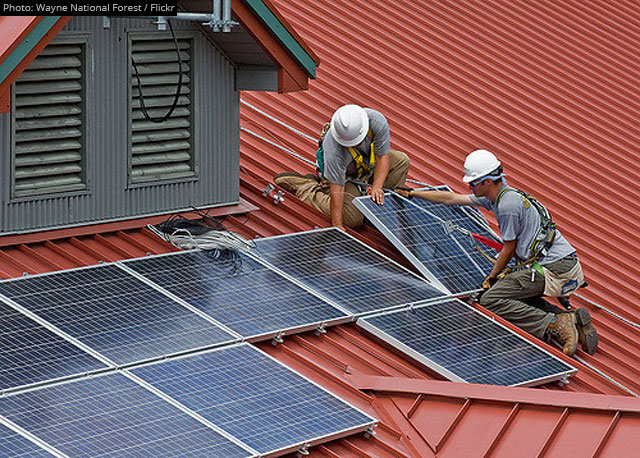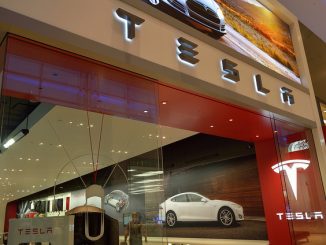Tesla Motors (NASDAQ:TSLA) and its newly acquired subsidiary SolarCity Corp have announced that their 6 megawatt hours of battery storage from 60 Powerpacks and 5,300 solar panels are nearly entirely powering the tiny island of Ta’u in American Samoa.
The 17-square-mile island, which has a population of less than 600 people and is located more than 4,300 miles from the U.S. West Coast, used to depend entirely on generators and imported diesel fuel for its electricity. However, thanks to a new initiative to build a 1.4-megawatt microgrid that absorbs and stores solar power for all its energy needs, the days of power rationing and outages are a thing of the past.
“I recall a time they weren’t able to get the boat out here for two months,” Keith Ahsoon, a Ta’u resident whose family owns one of the food stores on the island, was quoted as saying to SolarCity CTO Peter Rive about the project. “We rely on that boat for everything, including importing diesel for the generators for all of our electricity. Once diesel gets low, we try to save it by using it only for mornings and afternoons.”
The islanders have previously depended on the diesel-powered generators for their water supply as well, which caused even more stress for the community.
“It’s hard to live not knowing what’s going to happen,” Ahsoon explained. “I remember growing up using candlelight. And now, in 2016, we were still experiencing the same problems.”
The new microgrid however, which kicked off operations this week, after being in construction for one year, could change all of that and more. In fact, the islanders have been able to break their dependence on diesel imports for the first time. And that’s major progress considering they used to burn through some 300 gallons of fuel per day, amounting to approximately 110,000 gallons of diesel yearly.
Tesla and SolarCity have not provided any information in terms of how much of the island’s electricity will now be provided by the microgrid, but Rive says it can supply “nearly 100 percent of the island’s power needs”. It should be noted that the microgrid will allow the sun-drenched island to stay fully powered for three whole days without sunlight, with its capacity able to fully recharge in seven hours.
“This is part of making history. This project will help lessen the carbon footprint of the world,” Ahsoon said. “Living on an island, you experience global warming firsthand. Beach erosions and other noticeable changes are a part of life here.”
He added that the SolarCity Ta’u microgrid $8 million project, which was jointly paid for by the American Samoa Economic Development Authority, the Environmental Protection Agency, and the Department of Interior “will hopefully set a good example for everyone else to follow.”
Here is a slick video from Tesla’s subsidiary detailing the benefits of the project:
- Bulenox: Get 45% to 91% OFF ... Use Discount Code: UNO
- Risk Our Money Not Yours | Get 50% to 90% OFF ... Use Discount Code: MMBVBKSM
Disclaimer: This page contains affiliate links. If you choose to make a purchase after clicking a link, we may receive a commission at no additional cost to you. Thank you for your support!





Leave a Reply